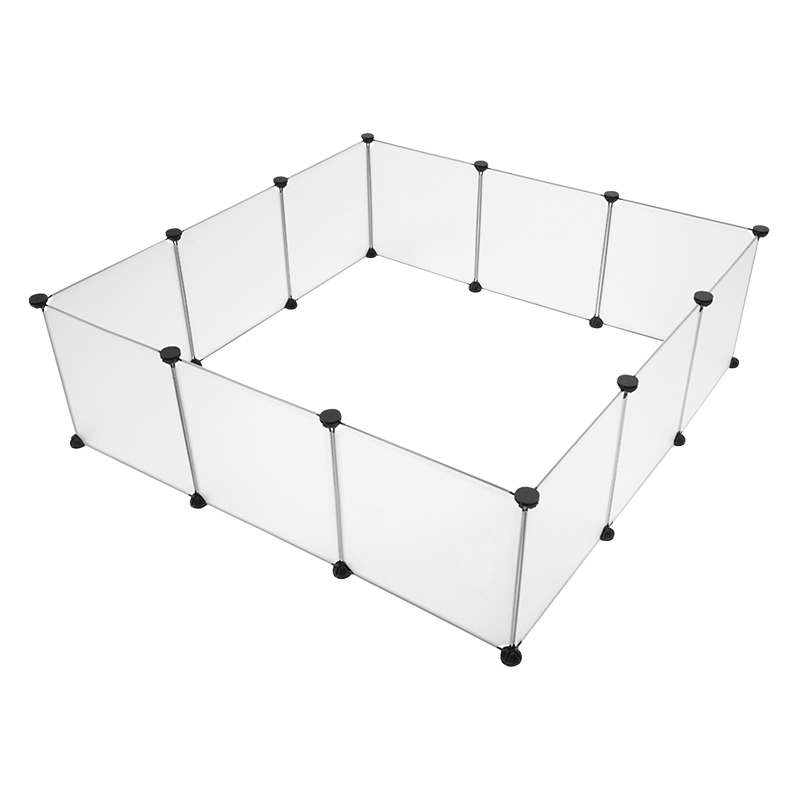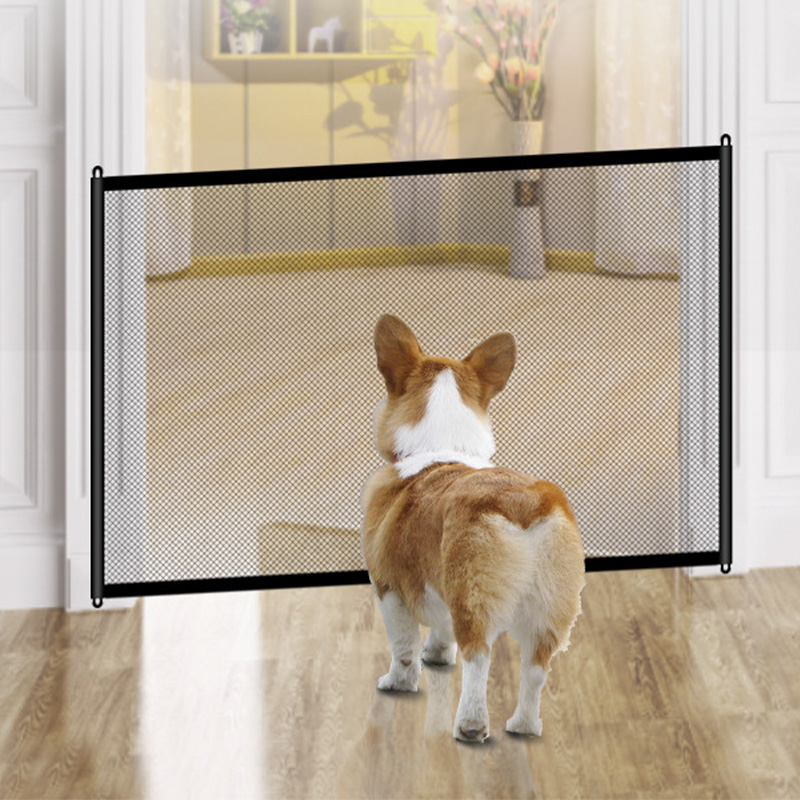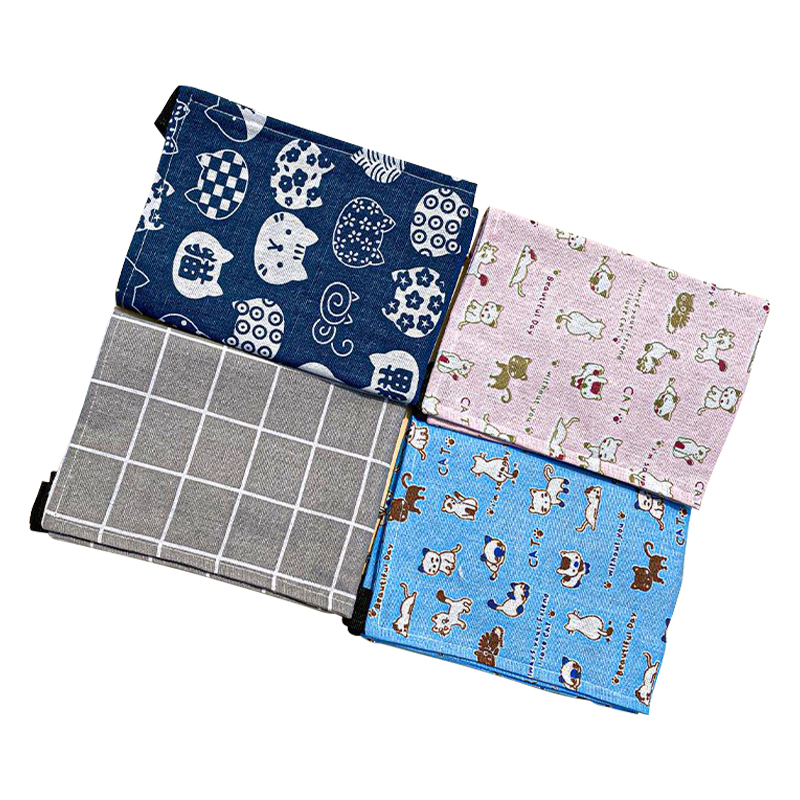Design Small Animal Plastic Outdoor Fence Supplier Company
When it comes to providing a safe outdoor environment for small pets, selecting the right small animal fence is crucial. Small animals, such as rabbits, guinea pigs, and ferrets, are naturally curious and energetic, making it essential to ensure they are securely contained in a designated outdoor area. A small animal fence not only protects your pets from potential dangers but also offers peace of mind for pet owners. In this article, we will explore the different factors to consider when choosing a small animal fence for your outdoor space.
Understanding the Importance of a Small Animal Fence
A small animal fence serves as a boundary that prevents your pets from wandering off or coming into contact with potential hazards. Whether you're creating a play area or providing them with access to a garden, it is important that the fence is designed to suit the needs of small animals. The right small animal fence ensures that your pets can roam freely without the risk of escaping or encountering threats from predators or traffic.
Material Options for a Small Animal Fence
One of the considerations when selecting a small animal fence is the material. The material you choose will affect the durability, visibility, and security of the fence. There are several options available, including wire mesh, plastic, and wooden fences.
Wire mesh fences are popular for small animal enclosures as they provide reliable visibility and ventilation. This type of small animal fence is often galvanized to resist rust and can be easily shaped to fit different areas. For small animals that are good at climbing or digging, choosing a fence with a fine mesh or buried edges can help prevent escapes.
Plastic fences, on the other hand, are lightweight and easy to install, making them a practical choice for those who need a temporary or movable enclosure. These fences are often made of durable polyethylene or PVC, providing a sturdy barrier while being gentle on the pets.
Wooden fences offer a natural aesthetic and can blend seamlessly into gardens or yards. While wooden fences may not provide as much visibility as wire or plastic options, they can create a more private space for your pets. However, wooden fences may require more maintenance over time, especially if exposed to the elements.
Height and Design Considerations for a Small Animal Fence
The height of the small animal fence is another important consideration. Different species of small animals have varying abilities when it comes to jumping or climbing. For example, rabbits can easily hop over a low fence, while guinea pigs typically stay grounded. To ensure that your small animal fence is effective, choose a height that corresponds with the specific pet you're containing.
In addition to height, the design of the fence plays a significant role in its effectiveness. The enclosure should be escape-proof, meaning there should be no gaps or spaces large enough for your pet to squeeze through. For animals that dig, burying the base of the fence slightly into the ground or using a fence with a solid base can prevent them from tunneling underneath. Additionally, the structure should be sturdy enough to withstand any pushing, pawing, or nipping from your pet.
Durability and Maintenance of a Small Animal Fence
A small animal fence should be durable enough to withstand the elements and the activities of your pets. Outdoor fences are exposed to weather conditions like rain, wind, and sun, so choosing materials that are resistant to these elements will help prolong the life of your fence.
Wire and plastic fences are generally low-maintenance, requiring only occasional cleaning to remove dirt and debris. Wooden fences, while attractive, may require more attention, especially if the wood begins to rot or warp. Regardless of the material, it's essential to check the fence regularly for damage or wear and tear. Repairing any holes or weaknesses promptly ensures that your small animal fence remains secure.
Placement and Size of the Small Animal Fence
When deciding where to place your small animal fence, consider the terrain and the amount of space your pets need. A small animal fence should provide enough room for your pet to move around, stretch, and explore. If you're creating an outdoor play area, make sure the fence encloses a space large enough for your pets to engage in their natural behaviors, like hopping, digging, or foraging.
The location of the fence should also be free from potential hazards such as other animals or harmful plants. Positioning the small animal fence in a shaded area can help protect your pets from excessive sun exposure, while also ensuring that the area stays cool during warmer months.
Budget and Long-Term Considerations
The cost of a small animal fence can vary widely depending on the materials and size. While it may be tempting to choose the least expensive option, it is essential to consider the long-term value of your investment. A durable, well-constructed fence may cost more upfront but will save you money on repairs and replacements in the future.
Additionally, you should consider the long-term needs of your pet. As your small animal grows or if you adopt new pets, you may need to adjust the size or type of fence. Choosing a versatile small animal fence that can be expanded or adjusted will help ensure that it remains suitable as your pets' needs evolve.
Choosing the right small animal fence for secure outdoor spaces is an essential part of responsible pet ownership. A well-chosen fence will provide your pets with a safe, stimulating environment to enjoy the outdoors while preventing them from escaping or coming into contact with dangers. By considering factors such as material, height, design, and durability, you can ensure that your small animal fence meets both your needs and those of your pets. With the right fence in place, you can give your small animals the freedom to explore without compromising their safety.











